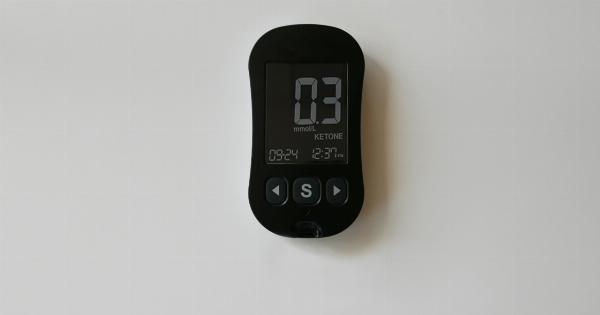Consuming fats is a vital part of a healthy diet. However, not all fats are created equal, and some of them can have a negative impact on your health.
Bad fats, also known as trans fats and saturated fats, can increase your risk of health problems such as heart disease and high cholesterol. The recommended daily allowance of bad fats can be complex to understand but is crucial for maintaining good health.
What are Bad Fats?
Bad fats are divided into two different categories: saturated fats, and trans fats. Saturated fats are typically found in animal products such as meat and dairy products. They can also be present in tropical oils like coconut and palm oil.
Trans fats, on the other hand, are created by adding hydrogen molecules to unsaturated fatty acids in a process called hydrogenation. This process increases the shelf life of processed foods, making them convenient for manufacturers but harmful to our health.
Why are Bad Fats Harmful?
Bad fats can have several negative effects on your health. They can lead to high levels of “bad” cholesterol while lowering levels of “good” cholesterol.
Additionally, consuming bad fats can increase your risk of developing heart disease, hypertension, diabetes, and other chronic illnesses. In general, it’s healthier to replace bad fats in your diet with healthy fats, such as unsaturated and polyunsaturated fats, found in sources like avocado, nuts, and fish.
The American Heart Association Guidelines
In the United States, the American Heart Association recommends consuming no more than 5-6% of your daily caloric intake from saturated fats. They also recommend completely avoiding trans fats altogether.
However, it’s important to note that some types of saturated fats, such as those found in coconut oil, have been hotly debated in recent years, and the scientific consensus on their effects on health is still evolving.
Understanding The Fats in Your Daily Diet
It’s important to keep track of the amount of bad fat you consume daily, especially if you’re at risk of cardiovascular disease. The easiest way to track your intake is to read nutritional labels on the packaged foods you purchase.
The fats will be listed on the nutrition label of the product. Understanding the recommended daily allowance of bad fats can vary based on age, gender, and health conditions. It is always advisable to consult a dietician or healthcare provider for daily recommended amounts.
Tips for Reducing Your Bad Fat Intake
If you want to reduce your bad fat intake, there are several simple tips you can follow. One of the easiest is to cook with healthier fats such as olive oil or avocado oil.
These types of oils are high in monounsaturated fats and have been linked with improving heart health. Additionally, you can replace processed snacks such as chips or candy bars with healthier options like fruit or nuts. Lastly, choose lean protein sources like chicken or fish instead of high-fat meats like beef or pork.
Conclusion
In conclusion, understanding the recommended daily allowance of bad fats is an important step towards maintaining optimal health.
Instead of completely cutting out bad fats, focus on incorporating healthier options such as olive or avocado oil and lean protein sources. It is important to read the nutrition labels of your food and consume bad fat within recommended allowances.



























